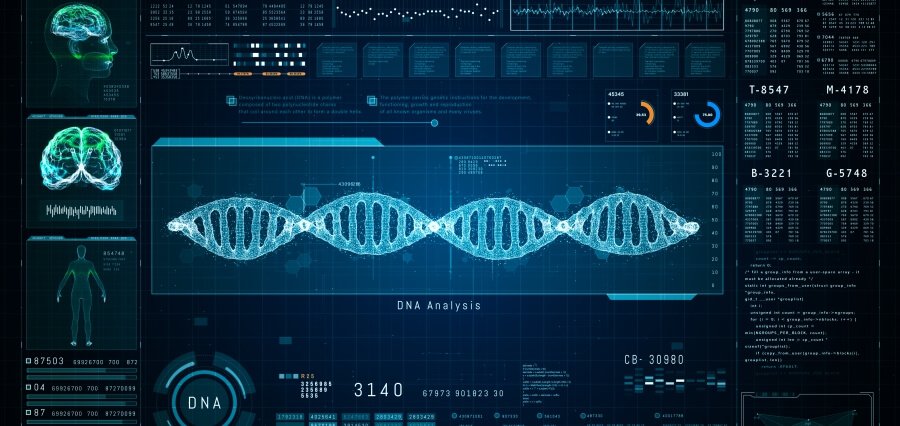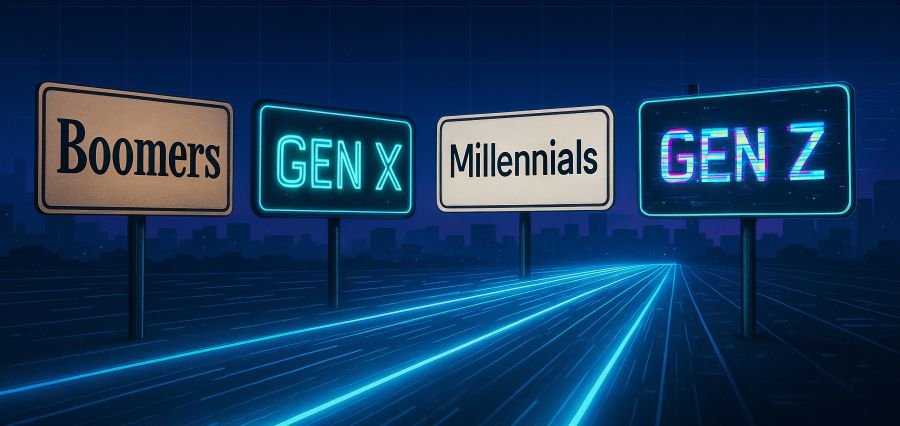Prime Highlights
- The U.S. Education Department will start collections on defaulted federal student loans again on May 5, 2025, following a pandemic-related delay.
- Borrowers may face wage garnishment, tax refund intercepts, and Social Security offsets if they take no action.
Key Facts
- Around 5.3 million borrowers are in default and another 4 million are in near default status.
- The Department will offer email notifications with repayment options and rehabilitation opportunities.
Key Background
The U.S. Education Department said it will restart collections on federal student loan borrowers who defaulted. The policy, effective May 5, 2025, reverses a suspension in collections that began in March 2020 as the COVID-19 pandemic spread. The Treasury Offset Program, under which the government can seize tax refunds, deduct paychecks from borrowers, and withhold Social Security benefits, will be reinstated in full on borrowers in default.
About 5.3 million borrowers are in default now, and another 4 million borrowers are significantly behind on their payments. Before it starts working on the transition, the Department will start sending people reminders by email in the next few weeks. The reminders will present borrowers with choices, such as signing up for income-driven repayment (IDR) plans or loan rehabilitation, nine consecutive on-time payments to bring loans up to date.
Education Secretary Linda McMahon justified the move in the name of fiscal conservatism and limiting taxpayer risk. She denounced blanket loan forgiveness policies as unconstitutional and fiscally irresponsible. The restart of collections is part of the broader Trump agenda to reduce federal government involvement in education and move towards a decentralized system.
But the initiative has attracted opposition from consumer activists and education policy commentators, who argue that restarted collections would unfairly tighten belts in already strained segments of society, like pensioners and low-income borrowers. Appeals have been made for increased outreach, more transparent communication, and more lenient terms to avoid catching borrowers by surprise or deeper in debt.
The measure is also part of a broader reorganization plan under which President Trump has signed an executive order that starts disassembling the Department of Education and transferring student loan responsibilities to the Small Business Administration. Holding federal student debt with a value of $1.8 trillion, the implications of the measure are gigantic and of profound importance.









